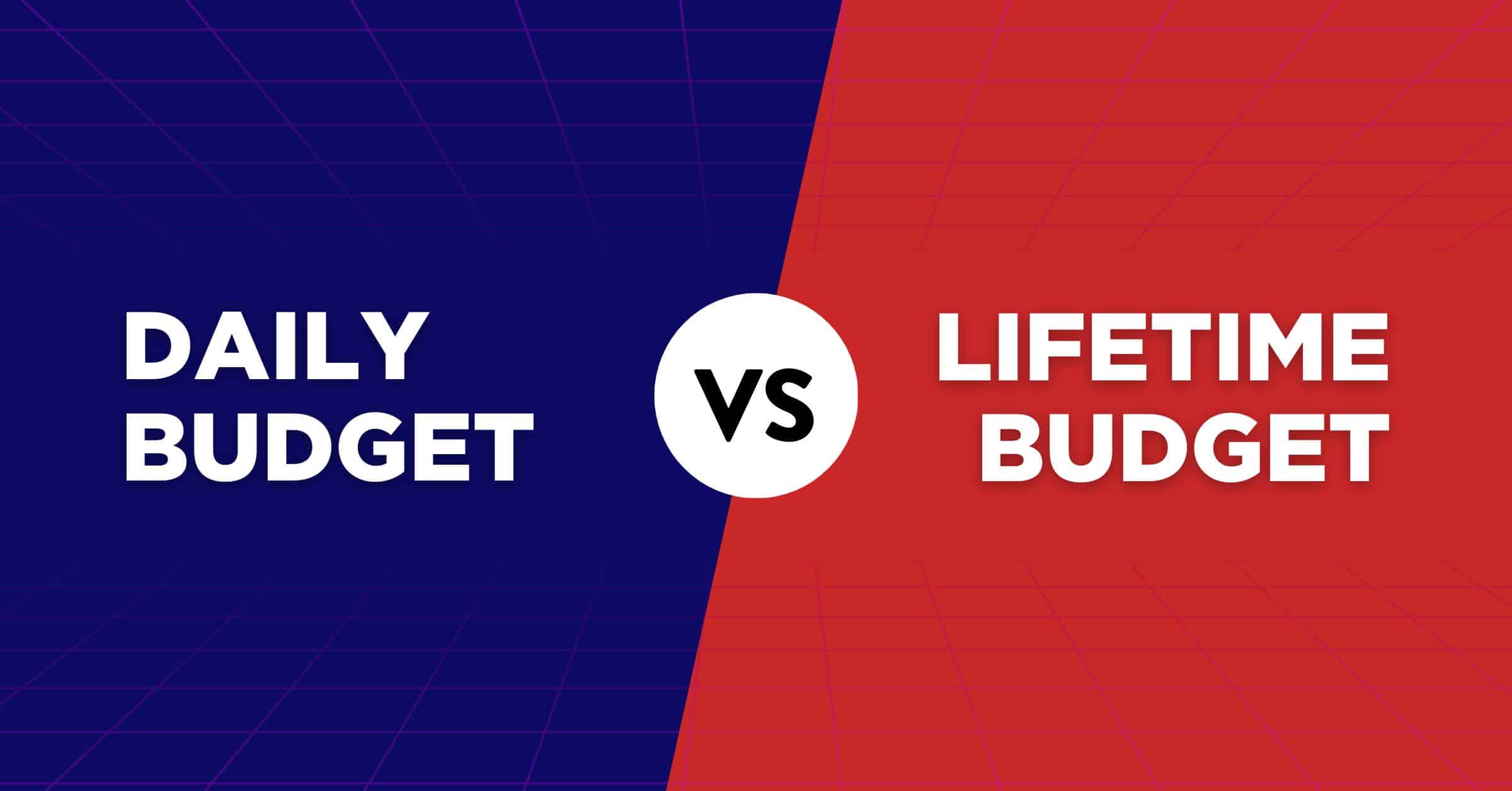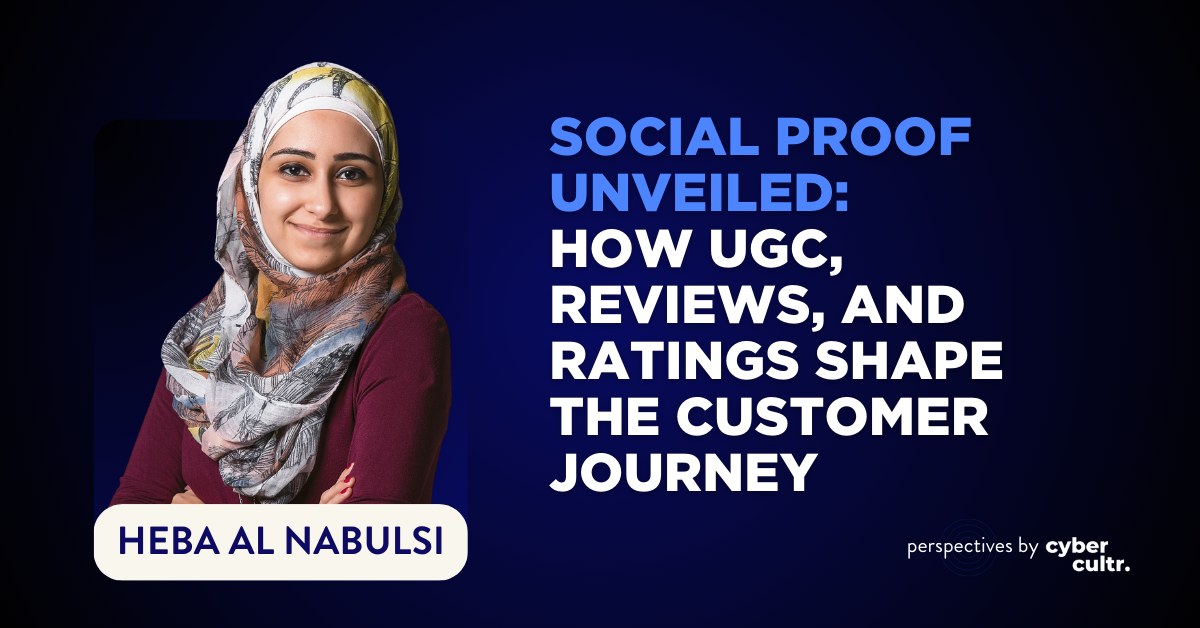Every corporate communicator dreams of writing a media release that not only gets read but is also used by journalists.
In reality, however, a journalist receives 25-30 media releases a day, and most of them end up being deleted or ignored.
The reason is not a lack of newsworthy content but rather a lack of space, specifically in the case of print, TV or radio, as well as a compelling narrative that grips the journalist and, by extension, the outlet’s audience.
The solution?
For your media release to have a fighting chance, it’s essential to adopt a style that is both informative and engaging.
Embrace the principles of journalism and storytelling in your corporate communications, making your media release impossible to resist.
Principles of Journalism
Journalism is about presenting facts accurately, efficiently, and in an organised manner.
Adopting journalistic principles allows you to structure your media release to be clear, concise, and informative.
Use the Inverted Pyramid
Journalists use the inverted pyramid structure to deliver news.
This means presenting the most crucial information first, then essential details, and ending with general background information.
In corporate communication, this allows journalists to understand the critical points of your release quickly.
5 W’s and H
Journalism abides by the principle of 5 W’s (Who, What, When, Where, Why) and How.
A media release that does not answer these questions will likely be overlooked.
Therefore, including these details in your release is crucial to provide journalists with a comprehensive overview of your news.
Accuracy
Inaccurate information damages the credibility of the press release and the company.
Ensure all facts, figures, and statistics are verified and correct before including them in the release.
Typos and grammatical errors can significantly undermine the professionalism of the press release.
Always proofread the content before distribution.
Power of Storytelling
While journalism ensures clarity and brevity, storytelling captivates and engages.
A well-told story can bring your corporate message to life, making it more memorable and engaging for the journalists and their readers.
Emotional Connection
Stories are not just about facts; they also involve emotions.
Establish an emotional connection with your audience by highlighting the impact of your news.
Whether it’s about a product launch, a corporate milestone, or a new initiative, showing how it benefits or affects people can elicit emotional responses that make your story more compelling.
Visualisation
Stories create images in our minds.
Use vivid and descriptive language to paint a picture of your story.
Remember, the aim is not to hype but to help journalists and their readers visualise your narrative.
Narrative Arc
A good story has a beginning, a middle, and an end.
Structure your media release like a narrative arc to guide your readers through the story smoothly.
Start with a strong lead that sets the stage, follow with the body that unfolds the story, and conclude with a meaningful ending.
While most of the body of the media release should contain facts, free from corporate jargon and hyperbole, more direct corporate messaging can be included in the form of a quote from your official.
The quote allows you to include messaging that may otherwise be seen as ‘puff’ and can provide the human touch to the story.
Incorporating the principles of journalism and storytelling can significantly improve the impact of your corporate communications.
By providing accurate, concise information in a compelling narrative, you can craft media releases that get read by journalists and are used and shared.
Remember, your media release is not just a means to deliver news; it’s a chance to tell your corporate story in a way that resonates with the media and their audiences.
But keep in mind that one of the most significant mistakes is issuing a media release that lacks genuine news value.
Any media that is overly promotional will be deleted or ignored.
Always include contact information for media inquiries so journalists can seek more information or arrange interviews.
Oh, and last but not least, media releases benefit from including visuals like images, infographics, or videos.
Neglecting multimedia elements can reduce the visual appeal and shareability of the release.
So, the next time you write a media release, think like a journalist and tell a story.
It’s not about selling; it’s about sharing something of value.
With this style, you’ll be sure to craft a media release that’s worth more than just a cursory glance.
And that’s how you get your story heard in today’s noisy media landscape.







